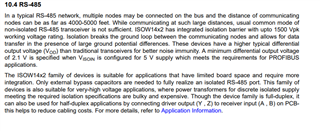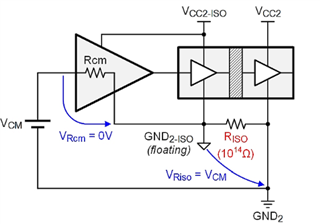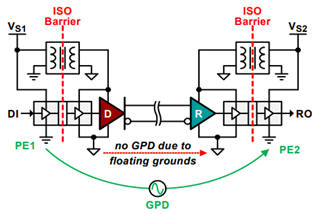Tool/software:
Hello Team,
From the datasheet of ISOW1432 it is shown that -7V to 12V is the CMVR. But for non isolated transceivers also has the same range. I hope this value is not the correct value

From the below mentioned information the common mode voltage range should be greater than the above mentioned table. If you have tested this IC for CMVR please share the maximum CMVR for this IC. And also request you to share the required test methodology to test CMVR for this IC.


If you have any testing procedures for CMVR please share. We need the actual value of CMVR for this IC .
Thanks,
Srikanth K



